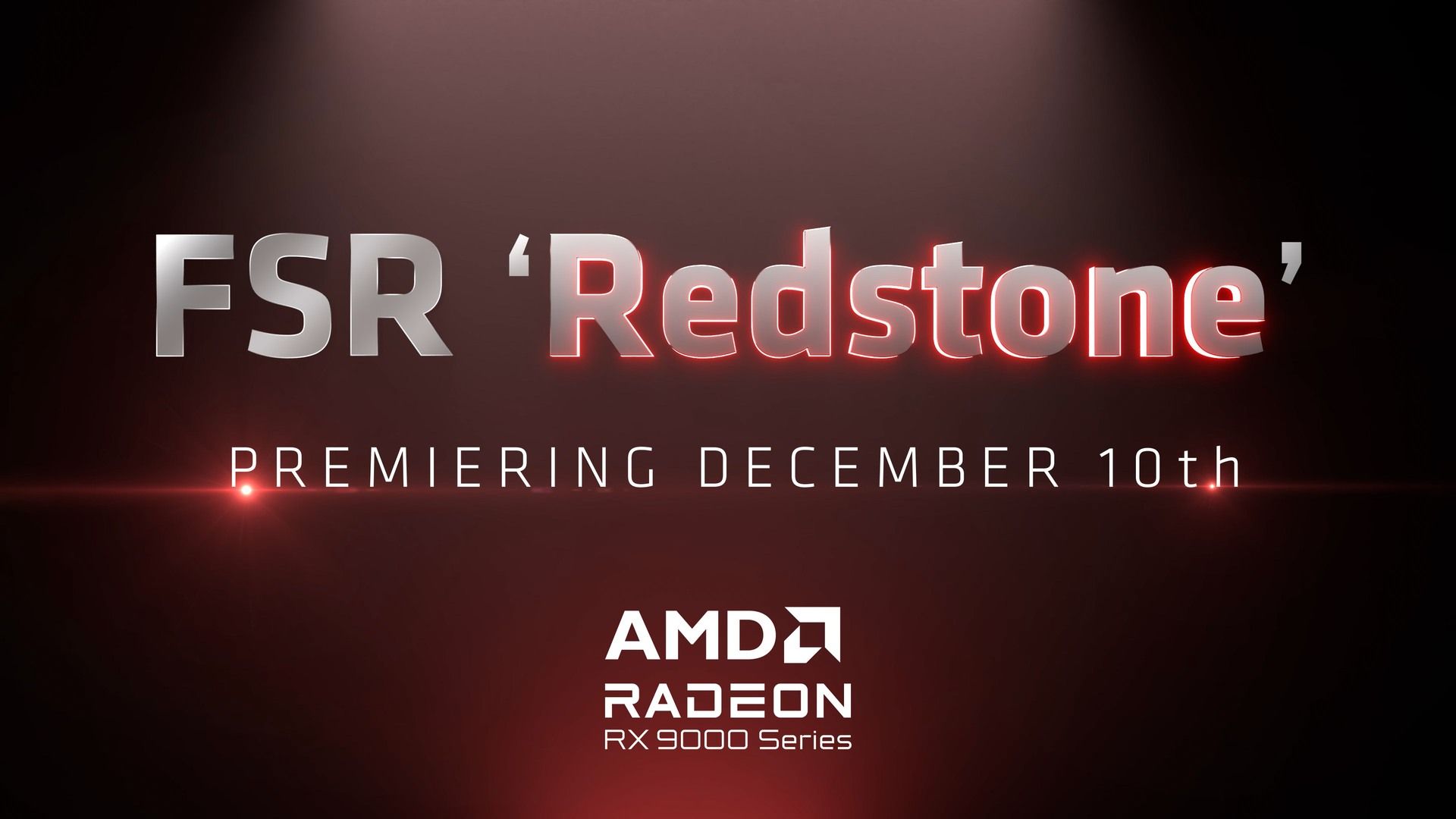FidelityFX Super Resolution is going away—or at least the name is, because AMD is apparently dropping the full name in favor of simply calling it “FSR.” The chipmaker has also renamed Fluid Motion Frames (FMF) to FSR Frame Generation.
If you’re a PC gamer, you already know what AMD’s FSR is. FidelityFX Super Resolution is ubiquitous in PC games because it’s extremely easy to implement and works on almost literally any graphics card. The most common forms, being the first two versions of FSR, are generally considered the worst upscaling option available in any particular game, but they’re almost always available.
It’s a bit of an odd choice, because FSR is quite literally an acronym that stands for “FidelityFX Super Resolution”. Presumably, AMD is changing the name because the full name is quite long and unwieldy, or because “FSR” now represents more than just super resolution. But if it doesn’t stand for “FidelityFX Super Resolution” anymore, what does it mean? It’s certainly not a pronounceable word in its own right. It’s a very odd choice from AMD.
Currently, we have FSR 4 upscaling in shipping games, and FSR Ray Regeneration in preview. That’s two out of the four FSR ‘Redstone’ technologies, with the other two being ML-based frame generation (including multi-frame generation) and then FSR Radiance Caching, which is a feature that uses a small neural network that knows how light bounces and propagates through a scene to predict the correct amount of light at a given point. Nvidia’s had Neural Radiance Caching for a while; it was released as an experimental feature with the RTXGI SDK 2.0 back in March of last year.
If Ray Regeneration and Radiance Caching seem specifically geared toward ray tracing, that’s because they are. Whether we gamers like it or not, the bleeding edge of gaming graphics is barreling toward a path-traced future, and the expectation is that next-generation game consoles (or at least the PlayStation 6) will be built around fully path-traced graphics, similar to Cyberpunk 2077‘s RT Overdrive mode.

This is unbelievably taxing even on today’s best graphics cards, though, so we need these AI-based shortcuts even to approximate the appearance of properly path-traced graphics. Unfortunately, this does imply that the next few years of games might be characterized by smeary, sparkly output, thanks to this reliance on temporal upscaling and frame generation technologies to try to cover up the fact that we can’t cast enough rays to make it look good in motion.
AMD has set a release date of December 10th for FSR Redstone, as we reported earlier. It’s not entirely clear that even RDNA 4 gamers should be specifically excited about that date, though; this isn’t a driver feature gamers can tick to enjoy immediately. Instead, it’s up to game developers to implement support for the new rendering technologies into their games. Admittedly, FSR 4 upscaling can be toggled in the driver to “upgrade” some FSR 3 games to FSR 4 upscaling, but Redstone seems more complex, and we’d be surprised if the same method worked. We won’t know for sure until it actually comes out next month.
Follow Tom’s Hardware on Google News, or add us as a preferred source, to get our latest news, analysis, & reviews in your feeds.












